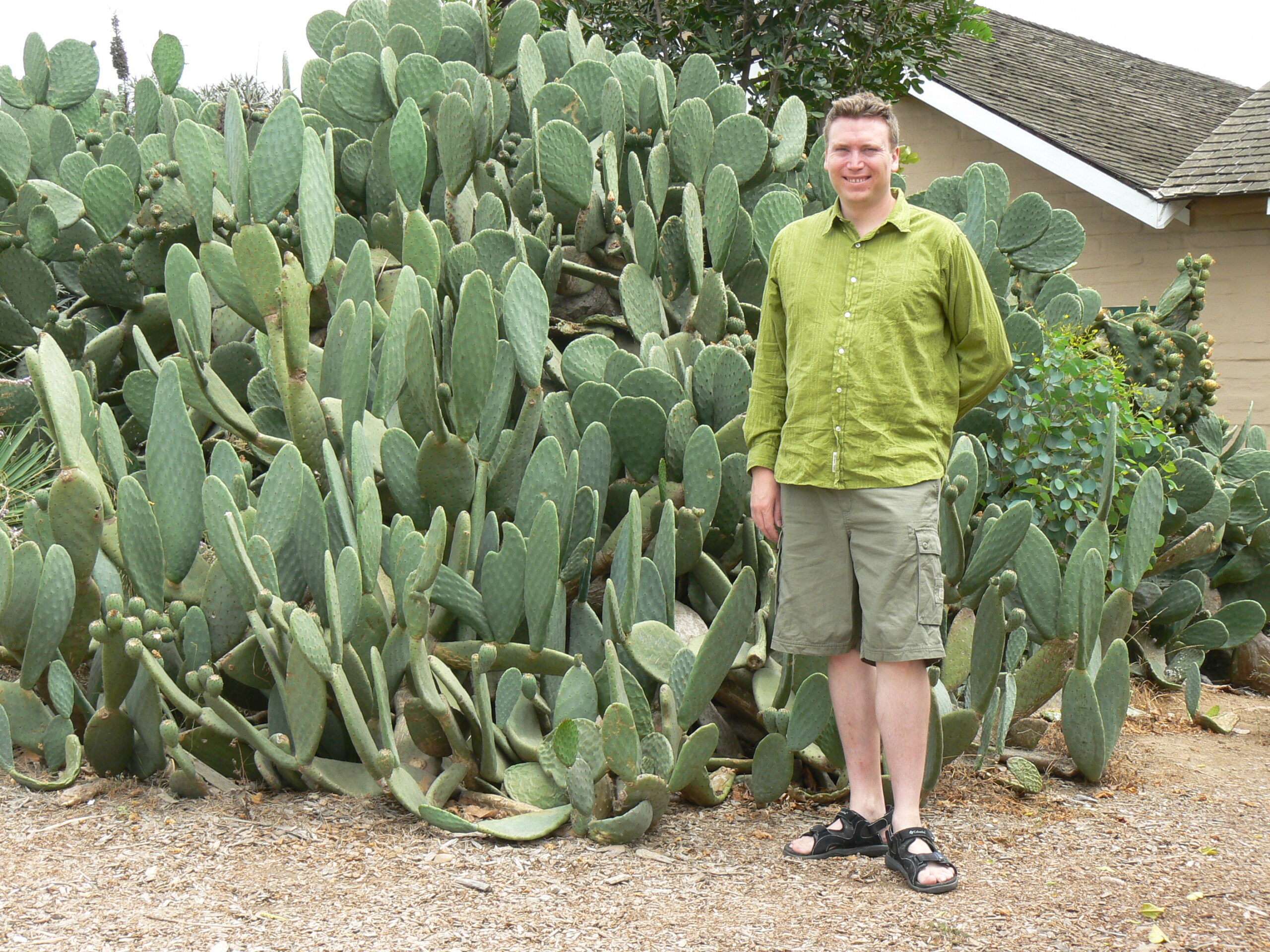Wine has a pretty short list of ingredients. With only grape juice and yeast to work with, the hardworking winemakers of the world somehow manage to turn out Chardonnay that tastes like green apple, Cab Sauv that tastes like smoky leather, and every flavour in between.
Two of the favourite tools in the winemaker bag of tricks are tannins and oak. After fermentation, many wines are aged in large oak barrels, which significantly changes the flavour.
The first wine storage vessels were clay amphorae, invented nearly 5000 years ago in ancient Greece. During the expansion phase of the Roman Empire around 2000 years ago, it was discovered that the plentiful oak forests of Europe could be fashioned into barrels that were easier to work with than the traditional clay vessels. As an added bonus, the phenolic compounds in oak interacted with the wine to improve the flavour.
If you have spent any time in the presence of insufferable wine snobs like your humble narrator, you will have heard them rambling on about tannins, particularly in red wines.
For those not in the know, tannins are a naturally occurring polyphenol compound found in plants, seeds, leaves, and fruit skins. The skins of red grapes are particularly high in tannins, so it is generally red wines that are most influenced by tannins.
Tannins impart bitterness and astringency to a wine, as well as complexity on the palate. To give you an idea of what tannins taste like, unsweetened black tea is pretty much 100% tannin. If you have ever left a teabag to steep in the pot too long, that astringent drying feeling on the tongue will be tannin.
Different grape varietals have varying levels of naturally occurring tannins, with Pinot Noir being at the lower end of the scale, while the Nebbiolo grape made famous in the pricy Italian Barolo wines is perhaps the most tannic wine grape in the world, requiring decades in oak barrels to mature.
Winemakers love tannins because they are a natural antioxidant, which prevents the wine from spoiling prematurely, but too much tannin will impart an unpleasant bitterness to the wine, so there is a delicate balancing act to find the optimal level of tannin in a wine.
Tannins are particularly bitter and astringent when the wine is freshly fermented, but extended exposure to oak softens out the rough edges and makes the wine softer and more palatable.
This process is the result of complex chemical reactions inside the barrel, with the long-chain molecular polymers in the tannins linking up with the lignin and vanillin compounds in the oak, eventually becoming large enough to precipitate out of solution, thus reducing the bitterness of the wine.
The downside is that oak barrels are very expensive. A single oak tree can only produce 2 wine barrels, enough to hold 50 cases of wine. Global deforestation, combined with increased demand for oak barrels from the wine and whisky industries have driven up the price, with a single barrel now costing from $500 to $2500, depending on the species and specific wood grain of the oak.
The most common types are French Oak and American Oak, each of which has their own peculiarities. French Oak tends to have a tighter wood grain, and imparts a more subtle and complex flavour, while the wider-grained American Oak barrels contain more vanillin compounds, which affects the flavour more intensely.
Technological advances in wine production have allowed winemakers to cut costs by storing their wine in stainless steel vats, then adding oak chips or staves. This gives the wine an extended contact with oak, but it is much cheaper to use oak chips than an entire oak barrel.
To taste the difference for yourself, try tasting both a Merlot and a Cab Sauv. Merlot grapes are naturally low in tannins, so will feel much softer on the tongue, while the Cab Sauv will have a much more structured and complex flavour, much of which is due to the complex polyphenol compounds in the tannins.
To get the best of both worlds, it is common for winemakers to add up to 20% Merlot to bottlings of Cab Sauv, allowing the Merlot to soften out the tannins in the Cab Sauv, and delighting the palates of wine drinkers the world over.






